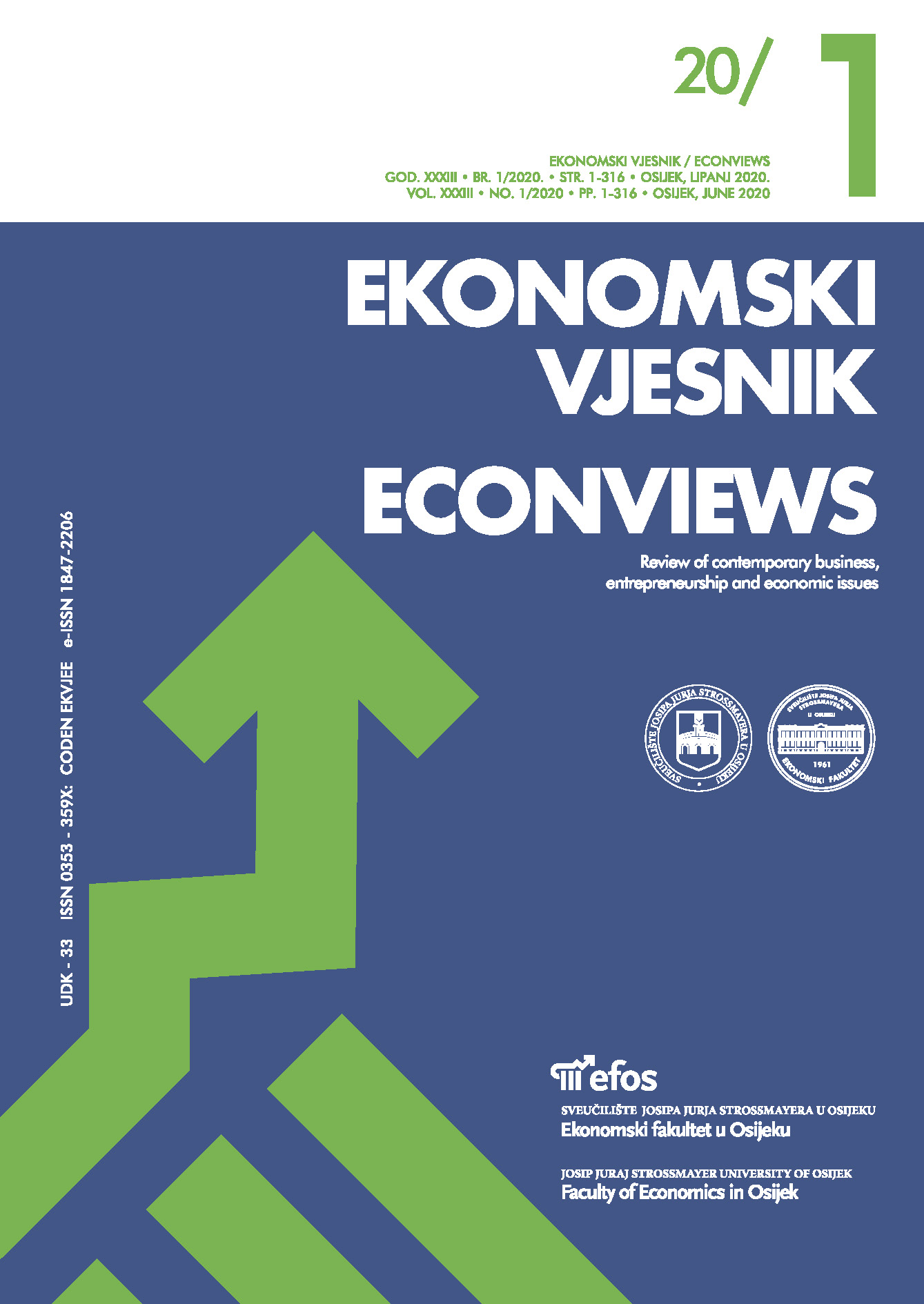Re-industrialization to foster growth and employment in the European Union
Re-industrialization to foster growth and employment in the European Union
Author(s): Regina MoczadloSubject(s): Labor relations, EU-Approach / EU-Accession / EU-Development
Published by: Sveučilište Josipa Jurja Strossmayera u Osijeku, Ekonomski fakultet u Osijeku
Keywords: re-industrialization; de-industrialization, manufacturing; growth; employment;
Summary/Abstract: In 2010, as a consequence of the financial crisis, the European Commission (EC) developed the Europe 2020 strategy. Within this strategy the EC emphasized re-industrialization and set the goal to enlarge the European manufacturing share of the gross domestic product (GDP) from 14% to 20% by 2020. The intention was to achieve a stronger international competitiveness and to increase the job creation potentials of the European labor markets. Several initiatives were founded on EU and on country level. This analysis based on literature and empirical data shows that it is more than doubtful if the EU can reach the proclaimed re-industrialization aim. Poland is the only EU member country with a clear re-industrialization trend since 2000. Furthermore, the influence of industrialization on growth seems to depend on the size of the manufacturing share. A direct statistical connection between re-industrialization and employment could not be calculated. De-industrializing countries like Sweden or the United Kingdom also recovered from the financial crisis within two years and had growth rates above average since that time. Hence the manufacturing share alone might not generally be the decisive variable for growth and employment. It seems therefore questionable if the re-industrialization aim of the EC is equally appropriate for all EU countries.
- Issue Year: 33/2020
- Issue No: 1
- Page Range: 39-58
- Page Count: 20
- Language: English

